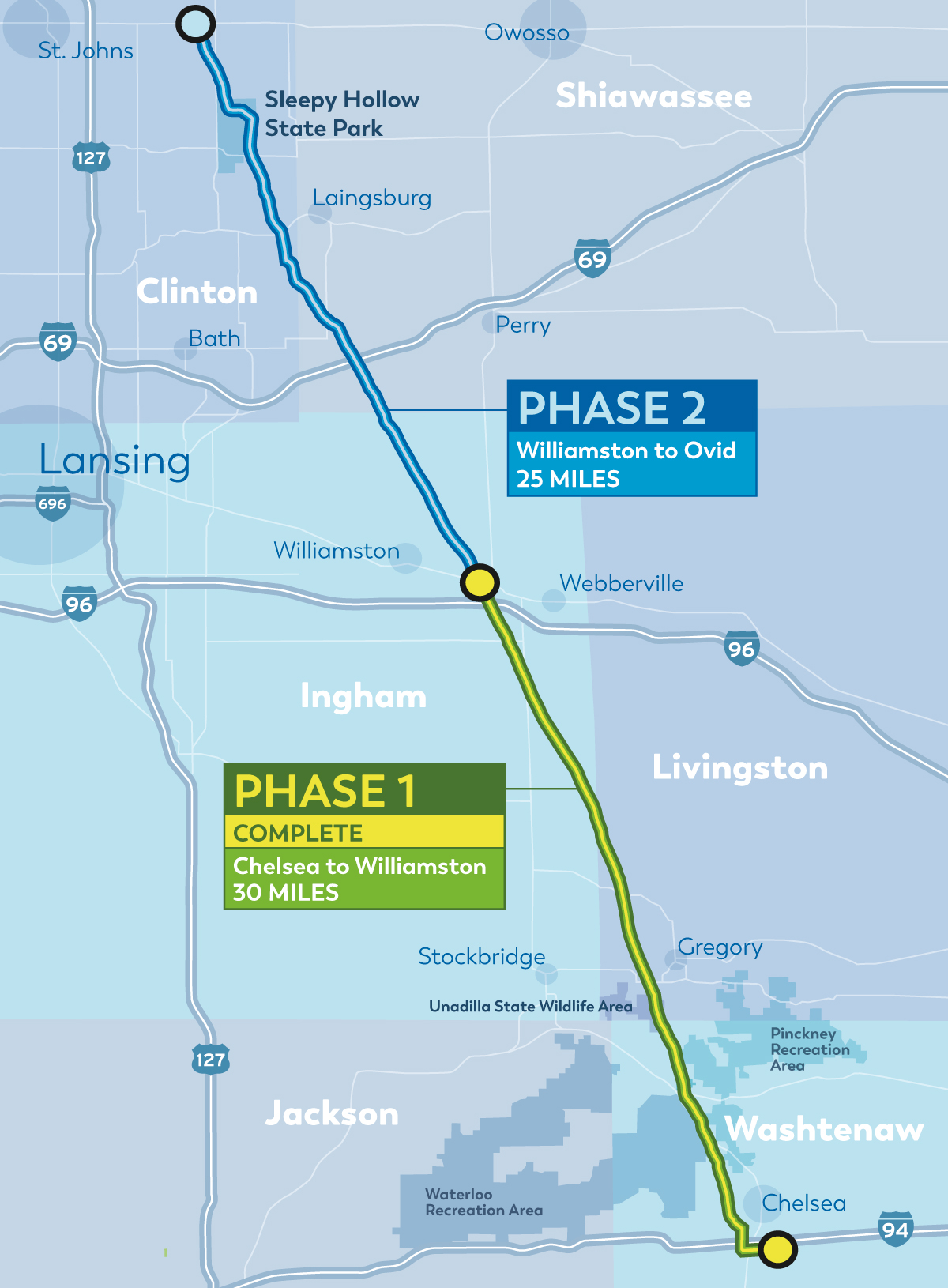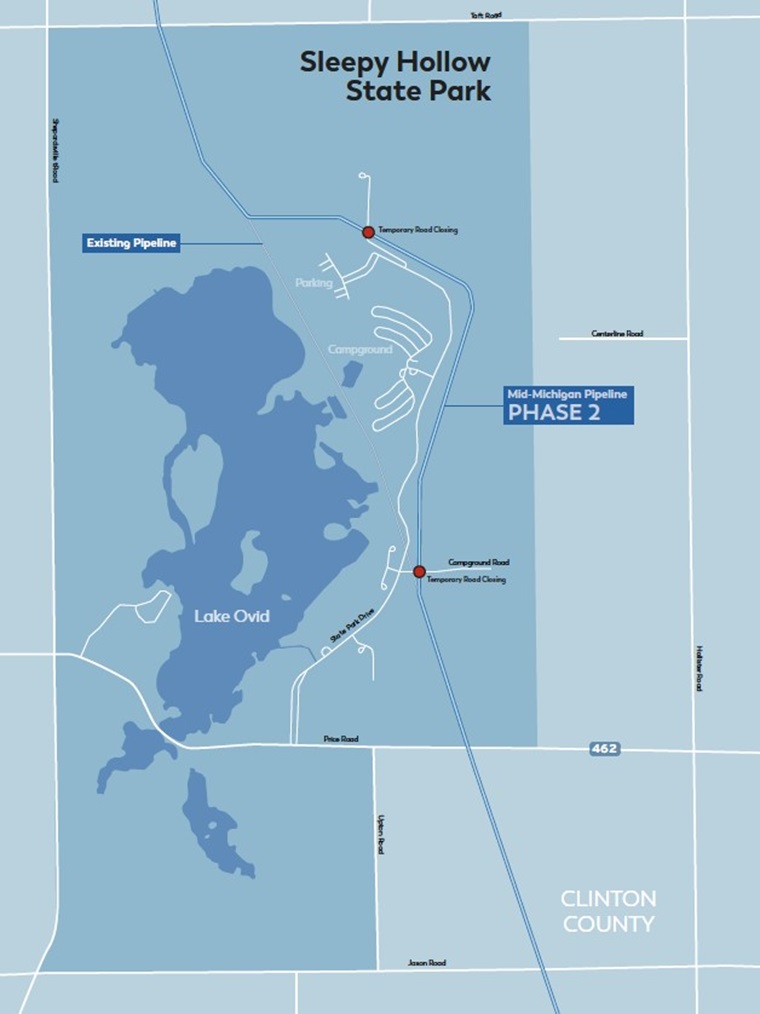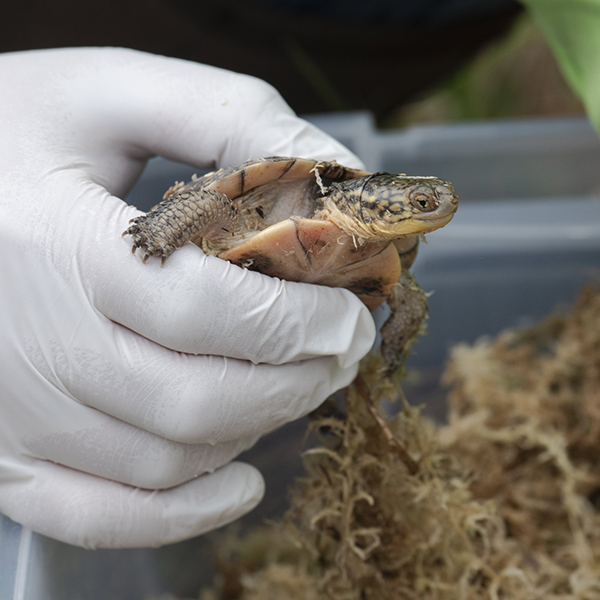We've completed a detailed environmental inventory of the project area — including all wetlands, drains and stream crossings — and are working with applicable federal, state and local agencies to consider all environmental concerns.
This includes identifying and protecting any threatened or endangered species and their habitats.




